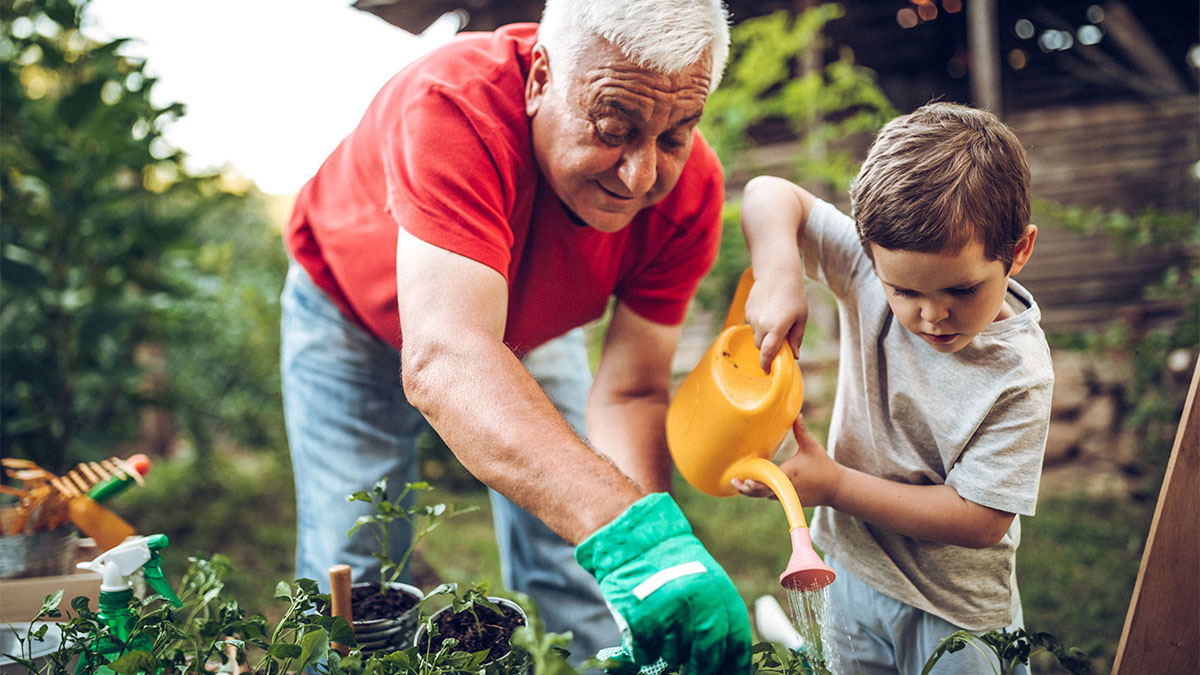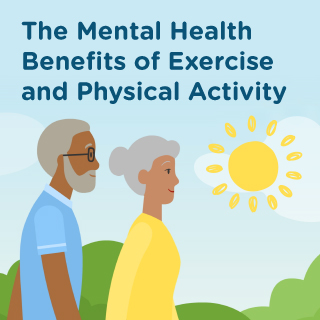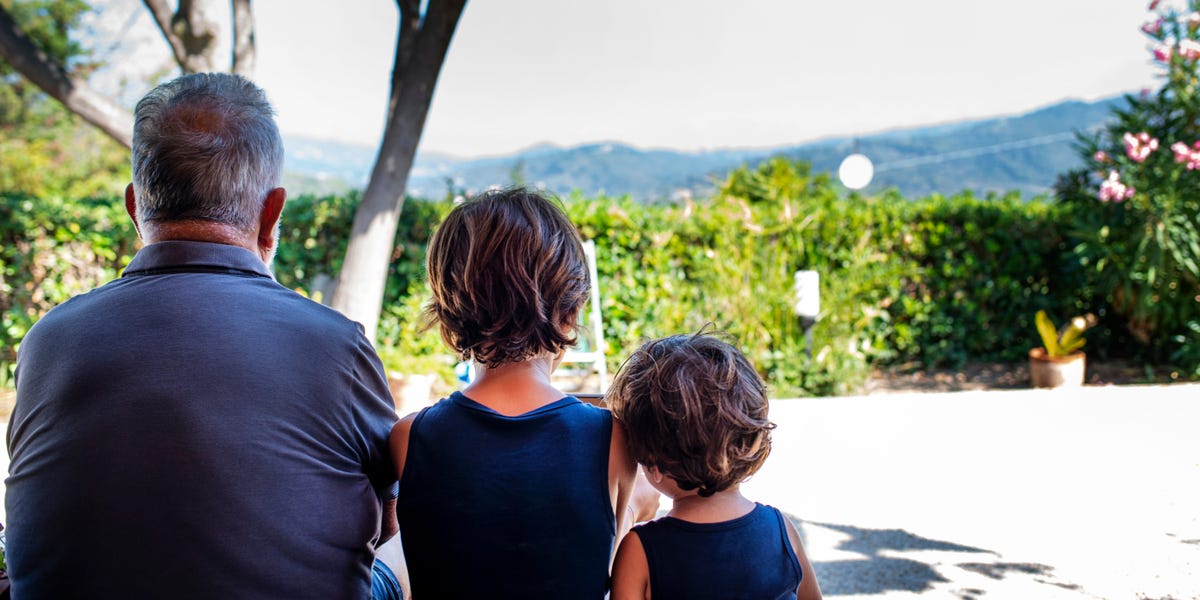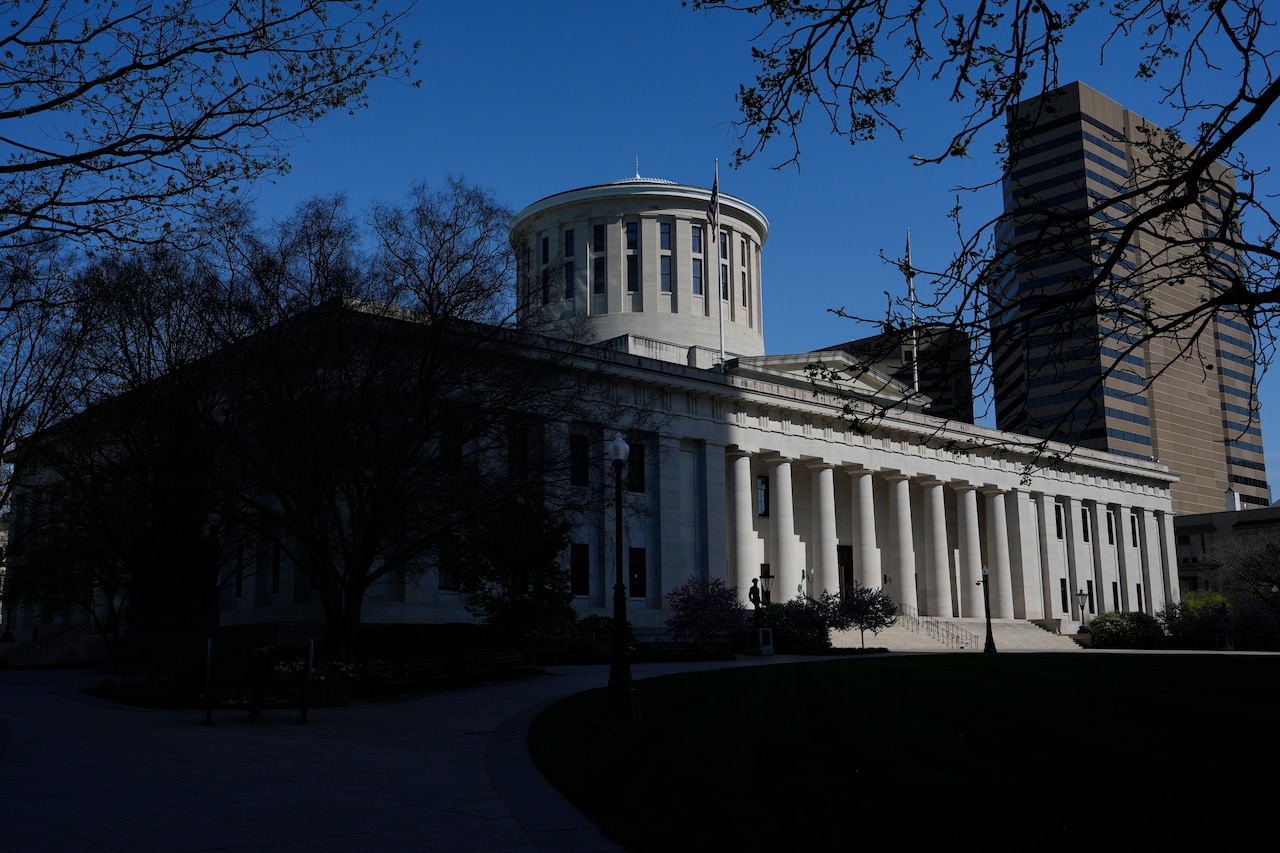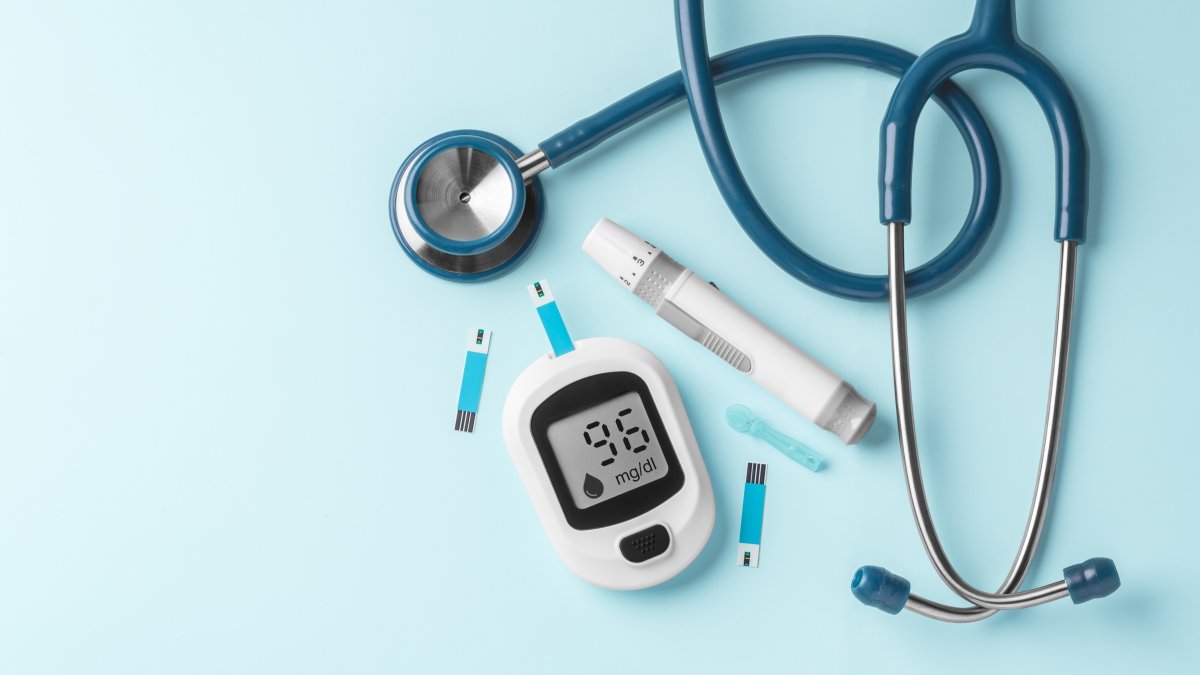Español
Physical activity is essential for healthy aging, and it can be beneficial at any stage of life. Some potential benefits are immediate, such as reduced feelings of anxiety, reduced blood pressure, and improved sleep. Others are long term and require consistent physical activity over time, such as reduced risk of cardiovascular disease, type 2 diabetes, and some cancers.
Importance of an active lifestyle for older adults
It’s never too late to start being physically active and to achieve the benefits of an active lifestyle. Older adults can benefit from all three types of exercise: aerobic, muscle-strengthening, and balance. Many activities, from exercise programs to household tasks, can count towards the 150 minutes of moderate-intensity aerobic activity and two days of muscle-strengthening activities recommended each week.
Physical activity can be an opportunity to participate in activities you enjoy, spend time with friends and family, get outdoors, improve fitness, and maintain a healthy weight. Additionally, being physically active as an older adult may improve your health and health-related quality of life. Active older adults also tend to live longer!
Functional ability and fall prevention
Physical activity improves physical function, making it easier to perform tasks of daily living — including household chores, getting into or out of a bed or chair, and moving around the neighborhood. This increased functional ability can help maintain independence and support independent living for older adults.
Movement and exercise may offer protection against osteoporosis and age-related loss of muscle mass, strength, and function, also known as sarcopenia. The health and functional ability of bones and muscles are especially important for older adults, who are at higher risk for falls and fall-related injuries. Improved physical function can reduce the risk of falls and likelihood of serious injury if there is a fall.
Disease risk and chronic health conditions
Physical activity helps to prevent certain diseases and chronic health conditions that are common among older adults. Older adults who are physically active have a lower risk of:
Being active can also help to slow or manage chronic disease and to delay death. For older adults who are managing a diagnosis, exercising with chronic conditions can improve quality of life and reduce the risk of developing new health conditions.
Mental and emotional health
Physical activity supports emotional and mental health in addition to physical health. Physical activity can help reduce feelings of depression and anxiety, improve sleep, and benefit overall emotional well-being. It may also improve or maintain some aspects of cognitive function, such as your ability to shift quickly between tasks, plan an activity, and ignore irrelevant information. Older adults who exercise with others get the added benefit of social connection as well.
Try these exercise ideas and see how you feel!
- Walking, bicycling, or dancing. Endurance activities increase your breathing, get your heart pumping, and boost chemicals in your body that may improve mood.
- Yoga. This mind and body practice typically combines physical postures, breathing exercises, and relaxation.
- Tai Chi. This “moving meditation” involves shifting the body slowly, gently, and precisely, while breathing deeply.
- An activity you enjoy. Whether it’s gardening, playing tennis, kicking around a soccer ball with your grandchildren, or something else, choose an activity that you want to do, not have to do.
You may also be interested in
For more information
This content is provided by the NIH National Institute on Aging (NIA). NIA scientists and other experts review this content to ensure it is accurate and up to date.
Content reviewed:

